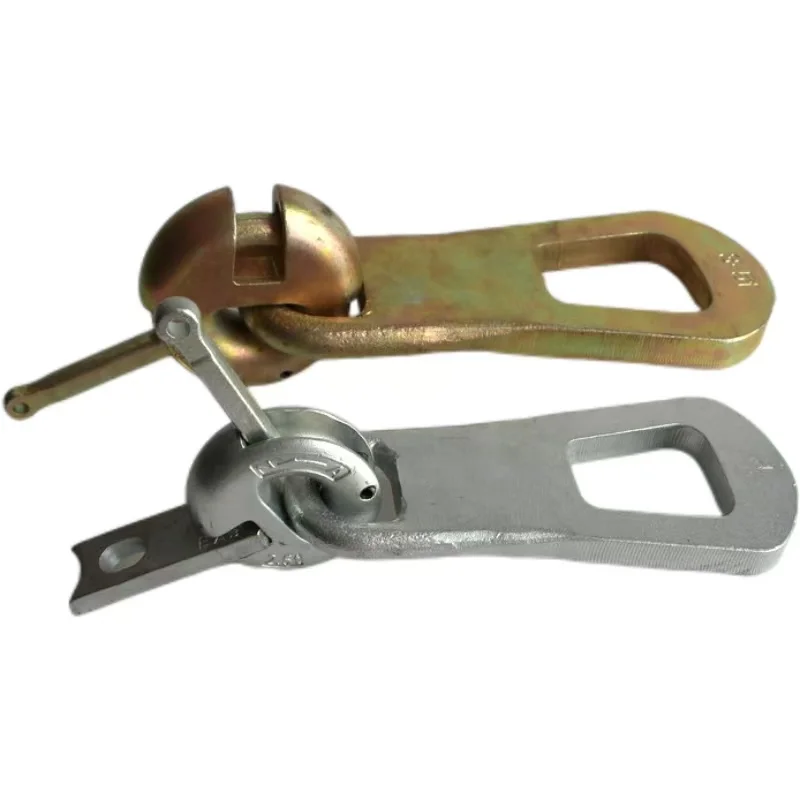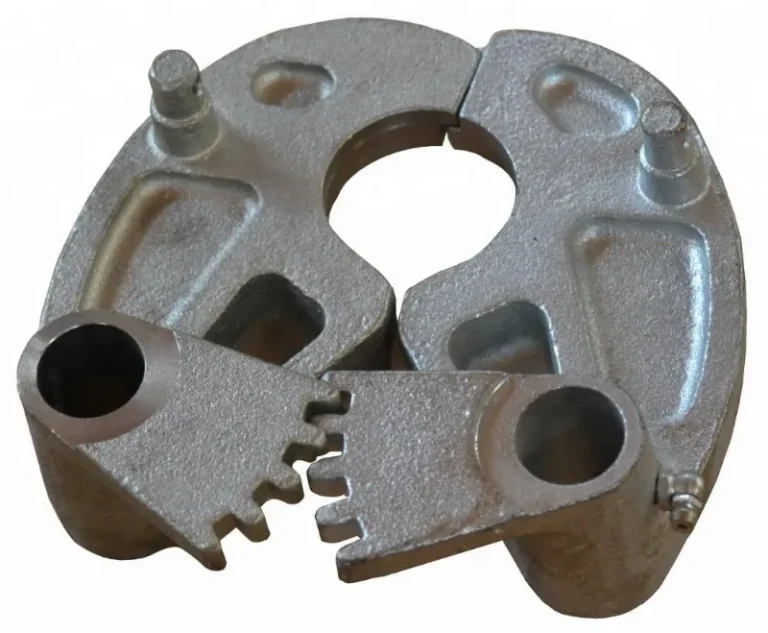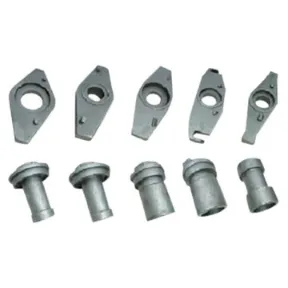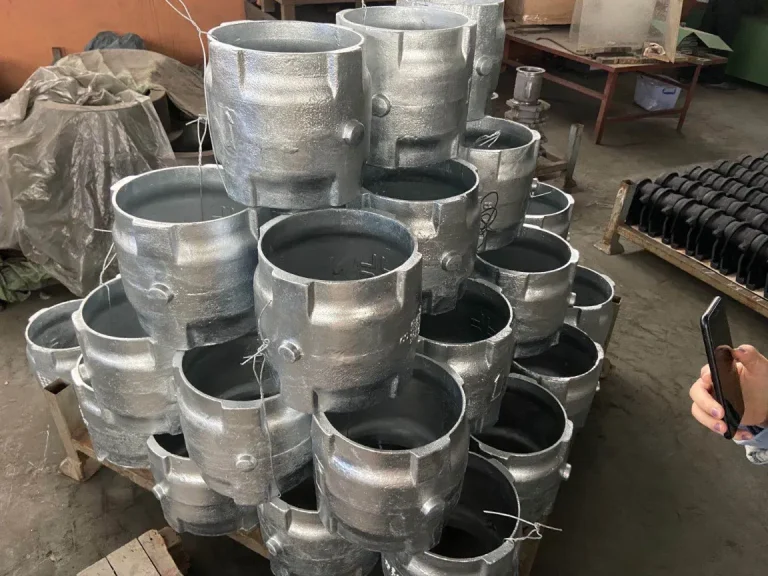
If you’re new to using lifting clutches or want to ensure best practices, this guide will walk you through the proper steps for safe and effective operation.
Overview of Concrete Lifting Clutches
What is a Concrete Lifting Clutch?
A concrete lifting clutch is a vital tool for moving precast concrete pieces safely. It connects firmly to anchors built into concrete parts. This connection helps lift and carry heavy concrete items without trouble. The clutch keeps everything steady during transport or setup, reducing risks. It makes lifting operations smooth and secure.
Common Uses of Precast Concrete Lifting Clutches
Lifting Clutch are widely used in the construction industry, such as lifting precast slabs, precast beams and other precast concrete parts. By using Lifting Clutch, the lifting efficiency and quality can be greatly improved, and the construction cost can be reduced. At the same time, the Lifting Clutch is also suitable for other heavy goods that need to be lifted, such as machinery and equipment, steel, etc.
Key Features and Design of a Lifting Clutch for Precast Concrete
Parts of a Concrete Lifting Clutch
A concrete lifting clutch has several important parts that work together. These parts ensure safe and effective lifting:
- Body: The main piece that holds everything together.
- Locking Mechanism: Keeps the clutch tightly connected to the anchor.
- Handle or Grip: Makes it easy for workers to hold and move the clutch.
- Swivel Joint: Lets the clutch turn to match the load’s direction.
- Safety Pin or Locking Device: Stops the clutch from coming loose by accident.
These parts are made from strong materials like forged steel. They can handle heavy weights and meet strict safety rules.
Safety Features in Precast Concrete Lifting Clutches
Safety is very important when lifting heavy concrete. Modern precast concrete lifting clutches have features to keep things safe:
T-shaped structure: The main part of the Lifting Clutch is T-shaped, which makes the spadder provide better stability and support during the lifting process.
Flexible rotation: The head of the Lifting Clutch is usually designed to be flexible in rotation, so that the Angle and direction can be adjusted during the lifting process.
High-strength materials: Lifting Clutch are usually made of high-strength materials, such as high-quality carbon structural steel or alloy structural steel, to ensure that they can withstand the lifting needs of heavy items.
Durability: The Lifting Clutch is treated by heat treatment and other processes, with high wear resistance and corrosion resistance, which can extend the service life.
These features help the clutches follow industry rules. They ensure reliable and safe performance during tough jobs.
Steps to Properly Use a Concrete Lifting Clutch
Preparing the Precast Concrete Element for Lifting
Before using a concrete lifting clutch, get the concrete piece ready. Check the anchor points for any damage or wear. Make sure the area around the anchor is clean. Remove any dirt or debris. Confirm that the anchors match the lifting plan. Proper preparation keeps the lifting process safe and smooth.
Attaching the Lifting Clutch to the Anchor Point
To connect a lifting clutch for precast concrete, follow these steps:
Select the right Lifting Clutch: Select the right Lifting Clutch specification according to the weight, size and shape of the lifting item.
Connecting spreader: Connect the Lifting Clutch to the hook of the crane or other lifting equipment to ensure that the connection is firm and reliable.
Lifting items: Insert the head of the Lifting Clutch into the lifting hole of the lifting item, and then start the crane to carry out the lifting operation.
Adjust the Angle and direction: in the lifting process, adjust the Angle and direction of the Lifting Clutch head as needed to adapt to different lifting needs.
Unloading items: Safely unload the lifting items to the designated location, then disconnect the Lifting Clutch from the crane.
This ensures the clutch is ready to lift the load safely.
Ensuring Proper Alignment and Load Distribution
Good alignment is key for safe lifting. Place the crane or lifting machine directly above the concrete’s center. Adjust slings or chains to spread the weight evenly. Try a small lift to test stability. Raise the concrete just a little off the ground. This prevents stress on the anchors and avoids accidents.
Safety Guidelines When Using Precast Concrete Lifting Clutches
Inspecting the Lifting Equipment Before Use
Always check the lifting equipment before starting. Look at the lifting clutch for precast concrete for any wear, rust, or damage. Make sure the body, locking mechanism, and safety pin work well. Check the concrete’s anchor points for cracks or flaws. Regular checks keep equipment safe and make it last longer.
Avoiding Common Mistakes During Operation
Workers must avoid simple errors that could cause problems. One mistake is not lining up the lifting machine with the concrete’s center. This can stress the clutch and cause it to slip. Another error is lifting too much weight. Overloading precast concrete lifting clutches can lead to dangerous failures. Always follow the maker’s instructions. Ensure all workers are trained properly.
Following Weight Limits and Manufacturer Instructions
Each concrete lifting clutch has a weight limit. Going over this limit can break the clutch or cause accidents. Check the maker’s guidelines for load limits and usage tips. Many clutches have load indicators. These show the maximum weight clearly. This helps workers avoid overloading.
Maintenance and Care for Concrete Lifting Clutches
Regular Inspection and Cleaning Practices
To keep a concrete lifting clutch working well, clean and check it often. After each use, wash off dirt, dust, or residue. This keeps the clutch in good shape. Lubricate moving parts if the maker suggests it. This ensures smooth operation. Check regularly for wear or damage to catch problems early.
Recognizing Signs of Wear or Damage in Lifting Clutches
Workers should watch for signs of trouble in lifting clutches. Look for cracks on the body or bent locking parts. If the clutch is hard to attach or remove, it may be damaged. Stop using the clutch if you see these issues. Replace broken parts quickly to keep lifting safe.
Qingdao Baoqi Intelligent Co., Ltd., started in 2010, makes high-quality precast system accessories. They offer threaded socket systems and tying solutions for various industries.
FAQ
How do you use a concrete lifting clutch?
Attach the clutch to an anchor in the precast concrete. Line it up with the center of gravity. Spread the load evenly before lifting.
What precautions should be taken before using precast concrete lifting clutches?
Check the clutch and anchors for damage. Follow the maker’s rules. Ensure proper alignment during lifting.
Can one type of lifting clutch be used for all applications?
No. Different concrete pieces need specific clutches based on their size, weight, and anchor type.
How do I maintain my concrete lifting clutch?
Clean it after use. Lubricate parts if needed. Check for wear or damage often. Replace broken parts quickly.
Where can I find high-quality precast concrete lifting clutches?
Qingdao Baoqi Intelligent Co., Ltd. has over 10 years of experience in forging and casting parts. They follow ISO-9001 quality standards.









